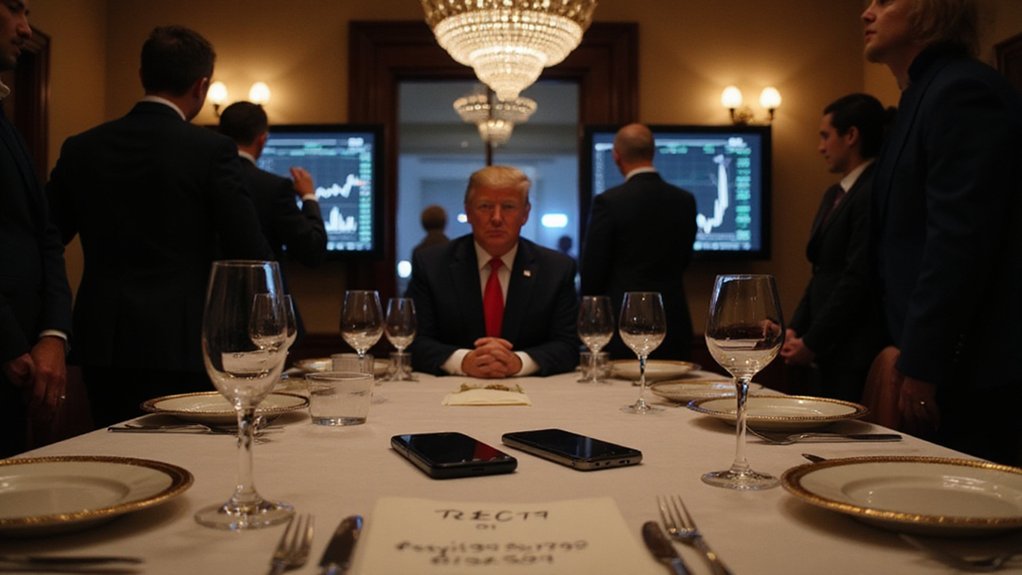Regulatory winds have shifted dramatically in the cryptocurrency landscape, ushering in what may prove to be the sector’s most consequential transformation since Bitcoin’s inception. The Trump administration’s January 2025 executive order signaled a remarkable pivot toward regulatory clarity—a stark departure from the enforcement-heavy approach that previously characterized the government’s stance on digital assets. This relaxed posture, evidenced by the SEC’s decision to close investigations into Opensea and Robinhood, has sent ripples through institutional circles that had long awaited permission (tacit or explicit) to wade into crypto waters. The executive order established an interdepartmental working group tasked with developing regulatory and legislative proposals within six months. The Working Group, chaired by David Sacks, has been given 180 days to deliver a comprehensive report with regulatory recommendations.
The Financial Innovation and Technology for the 21st Century Act (FIT21), having cleared the House with bipartisan support, represents perhaps the most coherent attempt yet to categorize digital assets within existing financial frameworks. Should the Senate follow suit, the legislation would delineate which tokens fall under SEC purview versus CFTC jurisdiction—a distinction that has perplexed even the most sophisticated market participants for years. Meanwhile, stablecoin-specific proposals (S. 919 and H.R. 2392) suggest lawmakers are finally addressing crypto’s components individually rather than painting the entire ecosystem with a broad regulatory brush.
Industry stakeholders, once regulatorily radioactive, now find themselves invited to policy discussions via the newly formed bicameral working group. The recent approval of spot Bitcoin ETFs in January 2024 generated $4.6 billion in first-day trading volume, demonstrating significant institutional appetite for regulated crypto investment vehicles. This collaborative approach—unimaginable just years ago—may yield frameworks that balance innovation with necessary guardrails. The administration’s regulatory task force, expected to deliver thorough recommendations by July 2025, has already outlined priorities that acknowledge crypto’s permanence in the financial landscape.
The crypto industry’s journey from regulatory pariah to policy partner marks a seismic shift in Washington’s approach to digital innovation.
For mainstream adoption, these developments couldn’t come at a more vital juncture. Recent high-profile scams have underscored the need for consumer protections, while institutional money remains partially sidelined by lingering regulatory ambiguities. The central challenge remains reconciling privacy—a foundational crypto principle—with AML/KYC requirements that traditional finance takes for granted. How regulators thread this needle may ultimately determine whether digital assets become truly mainstream or remain perpetually adjacent to conventional finance.









